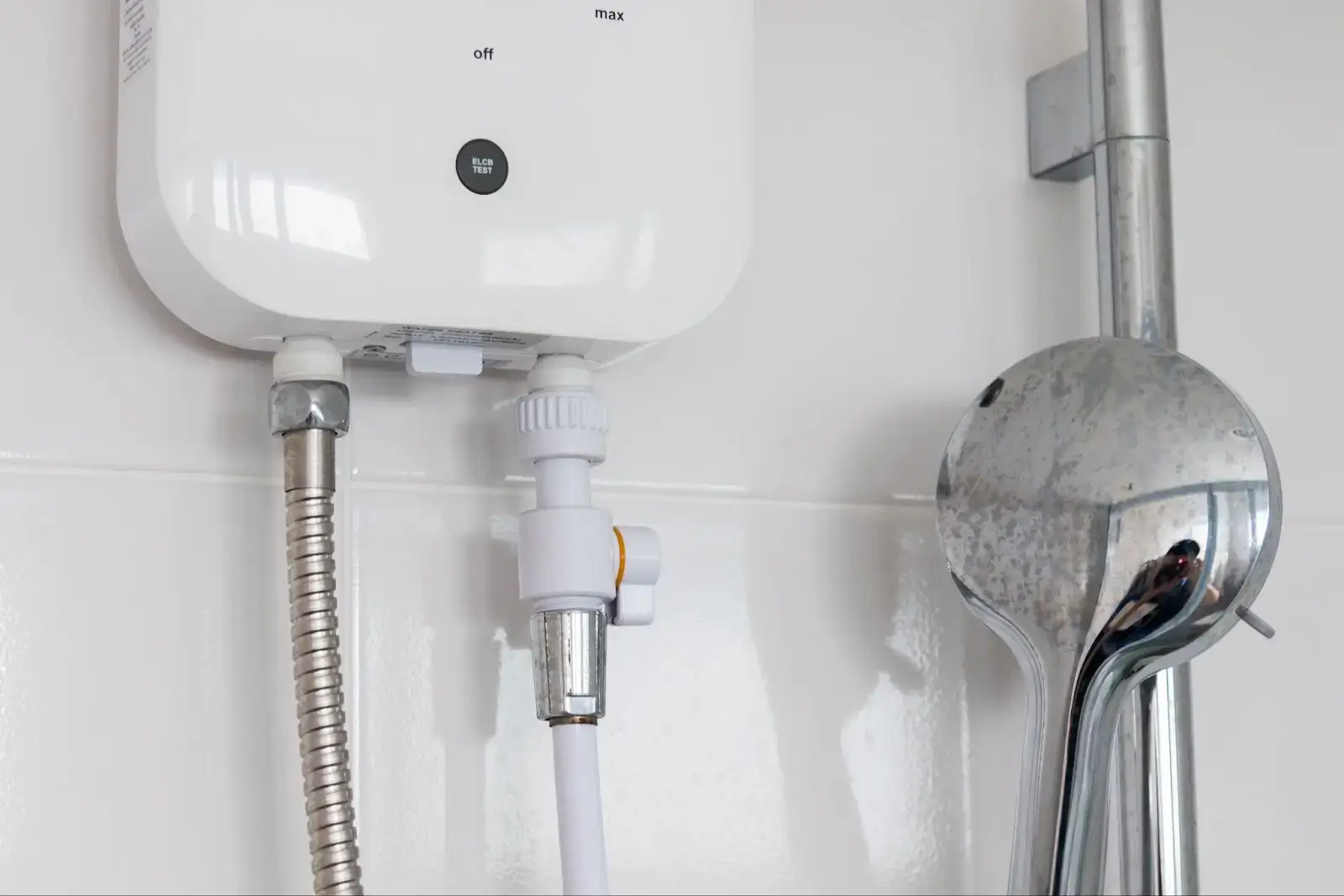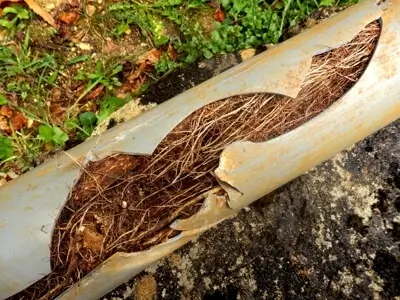A variable-speed furnace is a heating system that is capable of different speeds. The term "variable speed" refers to the capacity of its internal blower motor.
Its more versatile functions make the variable-speed furnace more energy-efficient. Variable-speed furnaces can precisely control temperatures better than the latest single-stage furnace.
While a conventional furnace can only operate at full speed when turned on, a two-stage furnace offers users variable speeds:
- 'Lower Speed'
- 'Full Speed'
There are variable-speed furnaces with more setting options. However, the only function that sets a variable-speed furnace apart from traditional counterparts is its reduced settings.
Read on to learn more about variable-speed furnaces.
What are Variable-Speed Furnaces?
The variable-speed heating system is an energy-efficient HVAC system. Its variable-speed blower motor allows multiple speeds to provide quality heating efficiently.
A two-stage furnace has an additional setting, preventing the furnace from constantly running at top speed. The additional setting between off and on creates a more versatile heating system than most Americans are familiar with.
Some of us get anxious over monthly dues during winter. An older model or worn furnace may cause inefficient heating while surging utility bills.
You may need newer systems rather than adding maintenance and tune-ups services to salvage your current heating system. Opting for something more adaptable than a new gas furnace may benefit you in the long run.
A multi-stage furnace may have a slightly higher upfront cost. Still, it can help reduce humidity, noise pollution, and energy consumption.
A variable-speed furnace may not cost more than a new conventional furnace and may help ease your worries. Spending a little more on the innovative furnace now may serve you better later.
How Does a Variable-Speed Furnace Work Exactly?
A multi-stage furnace generally works like a traditional furnace. However, some components and functions provide better airflow control and energy savings.
Here are some of its well-known and statistically-proven benefits.
Air Quality
Air filters are critical in maintaining your home's Indoor Air Quality (IAQ). However, air distribution, noise levels, and indoor temperature may also determine IAQ.
Standard furnace motors constantly operate at full blast, using too much fuel and potentially producing too much noise. A two-stage furnace operates with multiple settings, ensures quieter operation, and offers better temperature control.
While the extremely cold air outdoors is intimidating, blasting your single-stage furnace all day may only result in air fluctuations and uneven temperatures. A constantly running gas furnace may also result in more carbon emissions.
A multi-stage furnace may improve indoor air quality by producing just the right amount of heated air, less carbon dioxide emissions, and fewer noises.
Humidity control
Producing warm air comes at more costs than energy and your finances. Humidity may even cost you your health.
Humidity may lead to increased allergens and other pollutants. Less humidity may provide more comfortable and cleaner breathing air. Mold and mildew problems may stem from a surplus of moisture.
A variable-speed furnace has fans and motors that slowly circulate air around your home. The reduced pace provides a more steady airflow, preventing moisture from stagnating anywhere in your air ducts.
Energy Efficiency
Single-stage furnaces operating at full fan speed may surge utility and energy costs during winter. Variable-speed furnaces work with less energy to achieve greater efficiency at constant operation.
Energy efficiency comes in when the reduced input does not compromise the output. Well-maintained two-stage furnaces give you the best of both worlds, AKA quality warm air and energy savings.
Additionally, variable-speed furnaces with automated systems can precisely control temperature and airflow without manual adjustment.
Electronically Commutated Motor
An HVAC system has AC motors to accommodate heating and cooling needs automatically. However, a multi-setting furnace has an Electronically Commutated Motor (ECM) with a built-in magnet rotor and inverter components providing an efficient electrical current.
Its more direct flow helps reduce intake, including fuel. Efficient motors lessen utility, decreasing the need for maintenance while increasing energy savings.
The drawbacks of using a two-stage furnace
It all sounds great right now, and that's true for the most part. Like everything else, the more sustainable alternative isn't immune to faults and flaws.
The initial cost of a unit is enough to turn others off to the idea. Unit prices are occasionally enough to deter someone from opting for newer configurations.
If you are used to traditional AC motors running on full blast all the time, it may take some time to sell you on the idea of more expensive alternatives. However, keeping the long-term in mind may help you take the leap of faith.
A multi-stage furnace may cost more upon purchase, but its overall operational costs may give you a quicker Return on Investment.
Automated systems taking the wheel on temperature control may turn some off on the idea. How do artificial systems know what temperature suits your home better than you do?
While all systems are automated, they still adhere to the thermostat. The intermittent speed only affects intake and output to help your furnace deliver heat and maintain even temperatures more efficiently. The thermostat remains under your control.
If your desired temperature has been achieved, the furnace may drop to a reduced speed to prevent a surplus of resources from going to waste or spiking your utility costs.
Excess fuel consumption may cause various problems, especially with gas furnaces.
Is There a Variable-Speed Gas Furnace?
A variable-speed furnace is capable of energy efficiency. However, if you have a gas furnace, you may overlook its impact on your utility costs.
There are different types of variable-speed furnaces. A gas furnace may have variable-speed functions, which may reduce your overall operational costs.
A variable-speed furnace minimizes heat distribution by reducing input and output rates. A variable-speed furnace facilitates intake through the gas valve.
A lower setting closes or reduces the opening for gas to flow through, which lessens fuel consumption. However, less fuel may not mean less energy without a corresponding variable-speed blower motor.
A variable-speed motor controls various flows to balance heated and cooled air. A malfunctioning blower motor may throw everything out of whack.
The blower motor plays the largest role in distinguishing a variable-speed furnace from a conventional one. A conventional furnace may never achieve the efficiency of its variable-speed counterpart.
However, routine maintenance may help improve its quality and efficiency.
How to Maintain Your Heating Systems?
A new furnace may be clean, quiet, and efficient. It may not take long before it starts acting up without proper upkeep.
Variable-speed furnaces require less intake, which may reduce debris and residue, preventing corrosion and other wear and tear. Still, variable-speed furnaces require routine maintenance and tune-ups for maximum energy efficiency and quality output.
Cleaning Your Furnace
Some users may think their variable-speed furnace is stuck on a lower setting. You may receive insufficient heating due to dust, dirt, and debris.
Before calling the pros to complain about faulty functions resulting in lackluster heating, check your furnace's components. Residual fuel on the furnace's thermocouple or flue pipe may hinder your furnace's heating potential.
You can clean your variable-speed furnace with gentle cloth and brushes. Some incorporate lubricants and disinfectants or use emery cloth to scrub off hardened residue.
If you don't clean your furnace regularly, dirt may cause long-term problems later. You can initiate a quick clean-up by following these steps:
- Shut all systems down and disconnect any links to external power sources.
- Safely remove the blower motor from the rest of the unit.
- Wipe-off dust and debris that has settled on the motor.
- Inspect its wires for any frays and place it somewhere safe.
- Brush off any excess residue on pipes and chambers.
A simple clean-up can prevent insufficient heating and eliminate anything that may cause permanent damage. However, if you do not know what you are doing, you may damage your furnace by trying to clean it.
Need Heating and Cooling System Maintenance?
Upgrading your furnace may be in the cards for you later. Still, you should reach out to the professionals if your furnace isn't meeting your expectations or upon noticing irregularities.
You don't need to freeze just to keep the lights on during winter. Whether cleaning, repairing, or replacing your conventional or variable-speed heating system, immediately acting on it will save you from costly problems.
Remember, your response time matters and may determine the outcome. Cleaning dust may seem easy, but putting it off too much may leave you with damaged components.
If you smell burning from your furnace, it may indicate it's time for a thorough cleaning. However, you can't solve a rotten egg smell. Much like sounds, some odors indicate your furnace needs cleaning, while others should alert you to underlying problems.
Your furnace producing unusual sounds, smells, and temperatures are a cause for concern. Do not hesitate to call an HVAC professional for heater repair services.
Sunset Heating and Cooling | Electrical
Call Sunset Heating and Cooling if you need furnace repair in Oregon. Our team is well-versed and equipped to deal with conventional and innovative furnaces.
If you need a routine cleaning or furnace replacement, we're there. We can help keep all your systems functioning reliably and efficiently.







